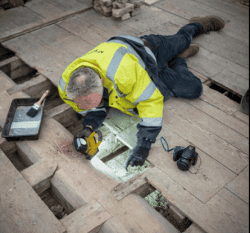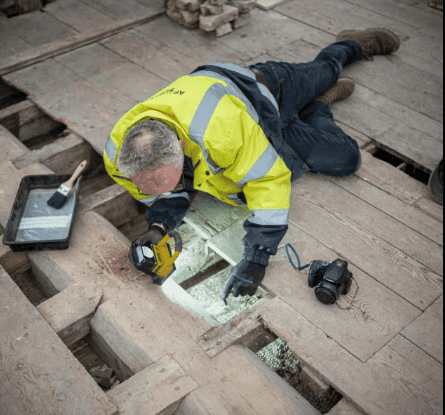When you are looking to buy a property, you’ll need to make a decision about what type of survey you get. One of the most popular is a homebuyer’s survey. Here, we take a closer look at what the homebuyer survey typically covers and why it tends to be a popular choice.
Why do homebuyers take out reports?
Buying a property is likely to be the biggest investment you will ever make, and it requires a lot of in-depth information to make the right decision. A survey helps buyers to understand precisely what they are buying. There are three different types according to your specific requirements:
Level 1- RICS Home Survey: This is a basic survey that gives a property condition overview using traffic light ratings. It doesn’t go into detail and is popular for people buying modern, standard properties in good condition.
Level 2/RPSA RICS Home Condition Survey: This is the next level and the default choice for most homebuyers. It adds in extras by highlighting any factors that could affect the property value, any issues such as subsidence and damp and anything that falls foul of existing building regulations. It also provides surveyor advice on ongoing maintenance and repairs.

It’s a non-intrusive inspection which means that the surveyor doesn’t look under floorboards or behind floorboards, so the issues it flags up are only surface level. These surveys can be done whether or not a market valuation is in place.
The third level of survey is the RICS Level 3 home survey and it’s extremely thorough, going into the property condition and structure and providing comprehensive guidance. It’s an in-depth piece of work and ideal if you are buying a house that is older, in poor condition or of unusual design. It’s also good if you are considering doing renovation work or have any key concerns about the property as the surveyor will be hands-on and look under floorboards and check into the attic.
As part of this level three survey, the buyer will get a report that advises on maintenance and repairs, and which lists defects. The surveyor can also include outline costs and timings for any remedial work that is advised in the report.
What does the homebuyers survey cost?
Fees vary but a basic level 1 report usually costs around £300, a level 2 report may cost around £450 and a level three report may cost around £550 for the full building survey Most buyers will look online at resources such as https://www.samconveyancing.co.uk/news/house-survey/homebuyers-survey-cost-9958 to learn about costs and local providers.
What is the intention of the homebuyers’ report?
Whichever report you choose, the intention of the work is to give you the information you need to make an informed decision about whether ahead to buy the property and whether the price is fair. Mortgage lenders will also insist on a valuation report before they agree to offer a mortgage for a given property.

Which homebuyers report is right for me?
If your property is over 100 years old, you are planning renovation work, are concerned about any aspect of the property or think it may be in poor condition, a level 2 or 3 report may be right for your needs. For a new house or flat in good condition, a basic level 1 report and valuation for mortgage purposes may be all that you need to make a decision on your purchase. A surveyor or licensed conveyancer can give you information to help to determine which report will best match your needs, depending on the level of detail that you would like to receive.

